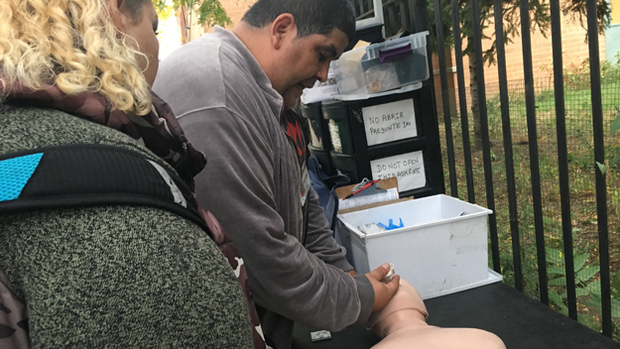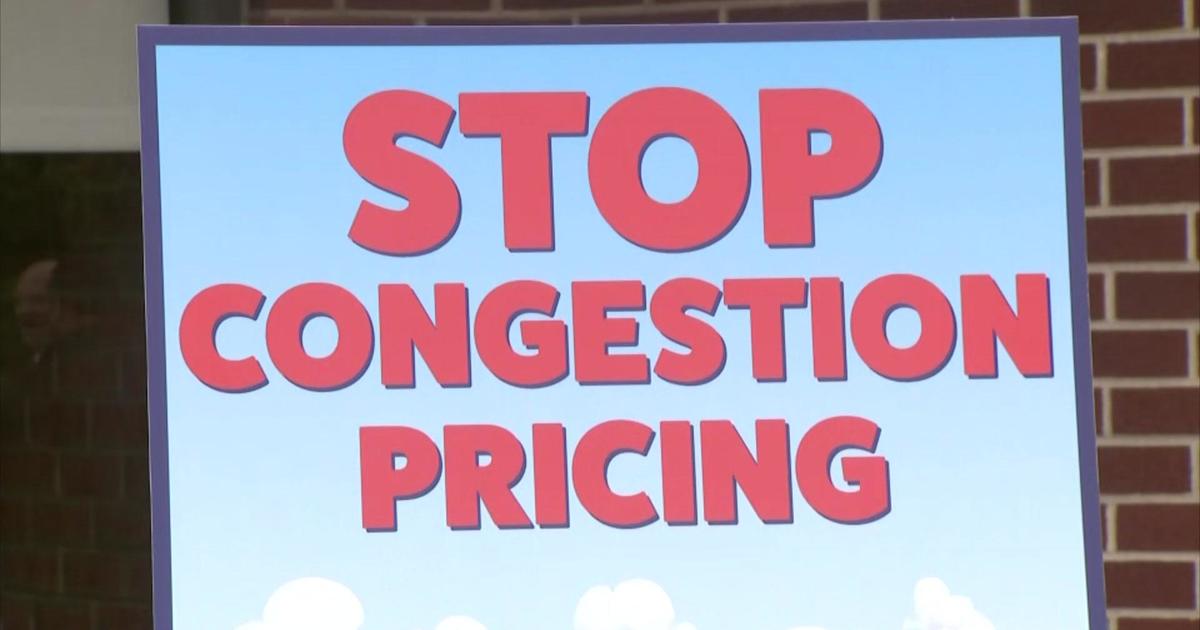Killer Tide: Grassroots Groups Join The Fight
NEW YORK (WCBS 880) – In some New York City neighborhoods, the opioid crisis of the 1960s and '70s never really ended.
The South Bronx and East Harlem consistently rank as the neighborhoods with the most overdoses, according to the city health department.
Marla Diamond met a man named Axel near 110th Street and Park Avenue.
"It's horrible," the recovering addict said. "I used to get high around here, so I know first-hand. It's really bad, but we're here to help people out."
From a van belonging to New York Harm Reduction Educators, Axel distributes naloxone kits and clean needles. He knows some of the people who come to get them.
"We know that people aren't going to stop using just like that," he said. "We can't beat it, but we'll try to do what we can do."
Learn More: Killer Tide. The Opioid Epidemic
Grassroots groups are on the front line of a fight that claimed more than 1,300 lives in the five boroughs last year and 711 more in the first six months of this year.
"We attribute that mainly to the entry of an extremely potent opioid, not heroin, which is potent. It's called fentanyl, and it's 50 to 100 times more potent than morphine. And it's showing up in about half of our overdoses," said New York City Health Commissioner Dr. Mary Bassett.
The city is spending $38 million for prevention and treatment, with the goal of reducing overdose deaths by 35 percent in five years.




